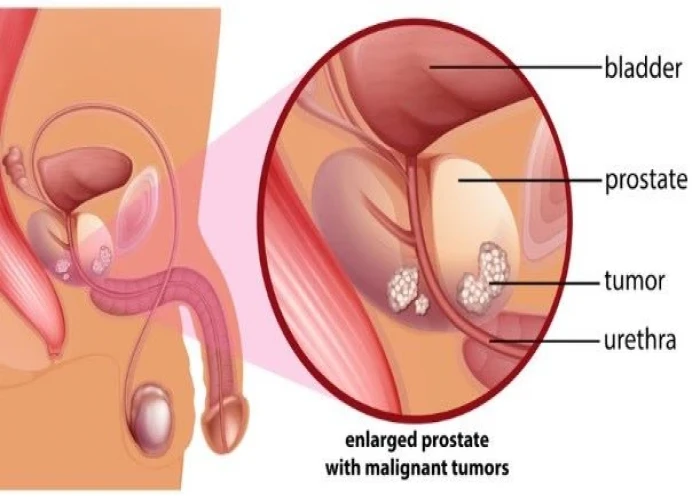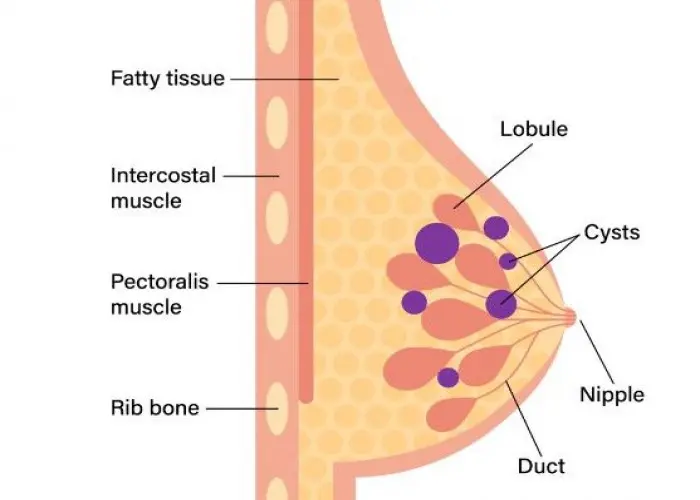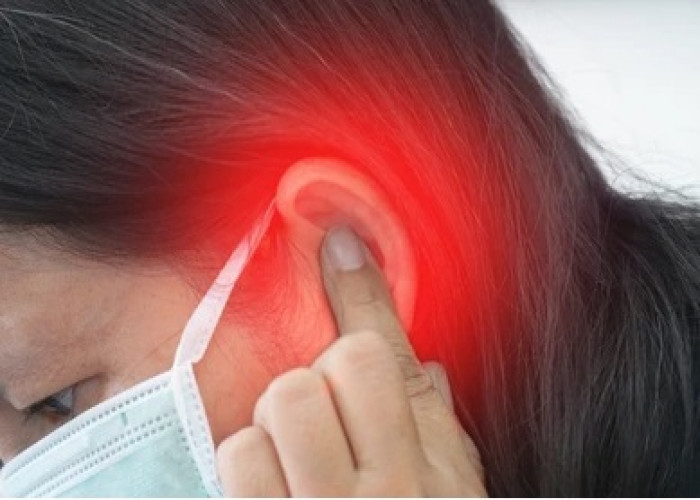 Welcome
Welcome
“May all be happy, may all be healed, may all be at peace and may no one ever suffer."
Airplane ear

Airplane ear, also known as aerotitis media or parotitis media, is a condition that occurs when there is a difference in pressure between the middle ear and the surrounding environment, such as during airplane travel. This pressure difference can cause pain, discomfort, and temporary hearing loss.
The airplane ear occurs because the middle ear and the surrounding environment are normally separated by the eardrum, which is a thin membrane that vibrates in response to sound. When the pressure outside the eardrum changes, such as during takeoff and landing in an airplane, the eardrum can become stretched or distorted, causing discomfort or pain.
Symptoms of airplane ear may include:
- Ear pain
- Temporary hearing loss or muffled hearing
- Tinnitus (ringing in the ear)
- A feeling of fullness or pressure in the ear
- Dizziness or disorientation
To prevent airplane ears, it's important to equalize the pressure in your middle ear with the surrounding environment. This can be done by swallowing, chewing gum, or yawning, which helps open the Eustachian tubes that connect the middle ear to the back of the throat.
In some cases, decongestants or antihistamines may be recommended to help clear any congestion in the Eustachian tubes and prevent pressure changes in the middle ear.
If you experience severe or persistent symptoms of airplane ear, it's important to see a doctor for evaluation and treatment. They may recommend further testing or treatment, such as antibiotics or ear tubes, to relieve symptoms and prevent complications.
Research Papers
Disease Signs and Symptoms
- Ear pain
- Feeling of fullness in ear
- Feeling of fullness or stuffiness in your ear
- Muffled hearing or slight to moderate hearing loss
- Ringing in ears (tinnitus)
- Dizziness (vertigo)
- Bleeding from ear
Disease Causes
Airplane ear
Airplane ear occurs when the air pressure in the middle ear and the air pressure in the environment don't match, preventing your eardrum (tympanic membrane) from vibrating normally. A narrow passage called the eustachian tube, which is connected to the middle ear, regulates air pressure.
When an airplane climbs or descends, the air pressure changes rapidly. The eustachian tube often can't react fast enough, which causes the symptoms of airplane ear. Swallowing or yawning opens the eustachian tube and allows the middle ear to get more air, equalizing the air pressure.
Ear barotrauma can also be caused by:
- Scuba diving
- Hyperbaric oxygen chambers
- Explosions nearby, such as in a war zone
You may also experience a minor case of barotrauma while riding an elevator in a tall building or driving in the mountains.
Disease Prevents
Airplane ear
Follow these tips to avoid airplane ear:
- Yawn and swallow during ascent and descent. These activate the muscles that open your eustachian tubes. You can suck on candy or chew gum to help you swallow.
- Use the Valsalva maneuver during ascent and descent. Gently blow, as if blowing your nose, while pinching your nostrils and keeping your mouth closed. Repeat several times, especially during descent, to equalize the pressure between your ears and the airplane cabin.
- Don't sleep during takeoffs and landings. If you're awake during ascents and descents, you can do the necessary self-care techniques when you feel pressure in your ears.
- Reconsider travel plans. If possible, don't fly when you have a cold, a sinus infection, nasal congestion or an ear infection. If you've recently had ear surgery, talk to your doctor about when it's safe to travel.
- Use an over-the-counter nasal spray. If you have nasal congestion, use a nasal spray about 30 minutes to an hour before takeoff and landing. Avoid overuse, however, because nasal sprays taken over three to four days can increase congestion.
- Use decongestant pills cautiously. Decongestants taken by mouth might help if taken 30 minutes to an hour before an airplane flight. However, if you have heart disease, a heart rhythm disorder or high blood pressure or you're pregnant, avoid taking an oral decongestant.
- Take allergy medication. If you have allergies, take your medication about an hour before your flight.
- Try filtered earplugs. These earplugs slowly equalize the pressure against your eardrum during ascents and descents. You can purchase these at drugstores, airport gift shops or a hearing clinic. However, you'll still need to yawn and swallow to relieve pressure.
If you're prone to severe airplane ear and must fly often or if you're having hyperbaric oxygen therapy to heal wounds, your doctor might surgically place tubes in your eardrums to aid fluid drainage, ventilate your middle ear, and equalize the pressure between your outer ear and middle ear.
Disease Treatments
For most people, airplane ear usually heals with time. When the symptoms persist, you may need treatments to equalize pressure and relieve symptoms.
Medications
Your doctor might suggest you take:
- Decongestant nasal sprays
- Oral decongestants
To ease discomfort, you can take a nonsteroidal anti-inflammatory drug, such as ibuprofen (Advil, Motrin IB, others) or naproxen sodium (Aleve), or an analgesic pain reliever, such as acetaminophen (Tylenol, others).
Self-care therapies
With your drug treatment, your doctor will instruct you to use the Valsalva maneuver. To do this, you pinch your nostrils shut, close your mouth and gently force air into the back of your nose, as if you were blowing your nose.
Surgery
Surgical treatment of airplane ear is rarely necessary. Even severe injuries, such as a ruptured eardrum or ruptured membranes of the inner ear, usually heal on their own.
However, in rare cases, an office procedure or surgery might be needed. This might include a procedure in which an incision is made in your eardrum (myringotomy) to equalize air pressure and drain fluids.
Disease Diagnoses
Disease Allopathic Generics
Disease Ayurvedic Generics
Disease Homeopathic Generics
Disease yoga
Airplane ear and Learn More about Diseases

Gestational diabetes

Compulsive gambling

Myoclonus

Prostate cancer

Asbestosis

Hamstring injury

Fibrocystic breasts

Schizophrenia
Airplane ear, Ear planes, অ্যারোপ্লেন কান
To be happy, beautiful, healthy, wealthy, hale and long-lived stay with DM3S.
